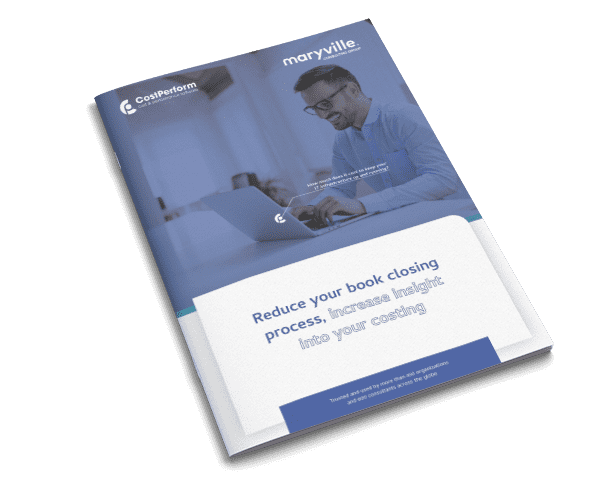Key Takeaways
- Cost and profitability modelling can help unravel the differences between actuals and forecasted financial performance.
- This method is particularly effective in communicating forecasted financial performance.
- Cause and effect modelling is a valuable tool in cost and profitability modelling.
- Scenarios should be modelled in cost and profitability models to aid in financial forecasting.
When it comes to communicating financial performance, the question often arises: can cost and profitability modelling assist in this process? The answer to this question is not straightforward, as it depends largely on the context and the specific aspects of financial performance being communicated.
Actuals and Financial Reporting
When discussing actuals, or the real financial results of a company, cost and profitability modelling may not be the most effective tool. This is because actuals are just that – actual, realized financial results. They are typically the domain of financial accounting, which focuses on reporting actual financial performance rather than predicting or explaining it.
However, when comparing actuals to a forecast or a budget, cost and profitability modelling can be invaluable. By examining the differences between actual and predicted performance, we can begin to understand the underlying causes of these discrepancies. Was it due to a change in sales volume? Did inefficiencies in processes or resources impact the bottom line? Or did unexpected price changes for resources affect profitability?
Forecasting and Cost and Profitability Modelling
When it comes to forecasting financial performance, cost and profitability modelling can be a powerful tool. This is where cause and effect modelling comes into play. By examining the potential impacts of different factors on financial performance – such as changes in wages, interest rates, or product volumes – we can create more accurate and insightful forecasts.
These models allow for the exploration of different scenarios and their potential impacts on financial performance. What would happen if wages increased? What if there’s a labor shortage and prices rise? What if we sell 20% more of a certain product? By answering these questions, we can better prepare for the future and mitigate potential risks.
Conclusion
So, can cost and profitability modelling support in communicating financial performance? When it comes to forecasting, the answer is a resounding yes. For communicating actuals, this method can help to unravel the underlying causes of differences between actual and predicted performance. However, the communication of actual financial performance is more typically the domain of financial accounting.
